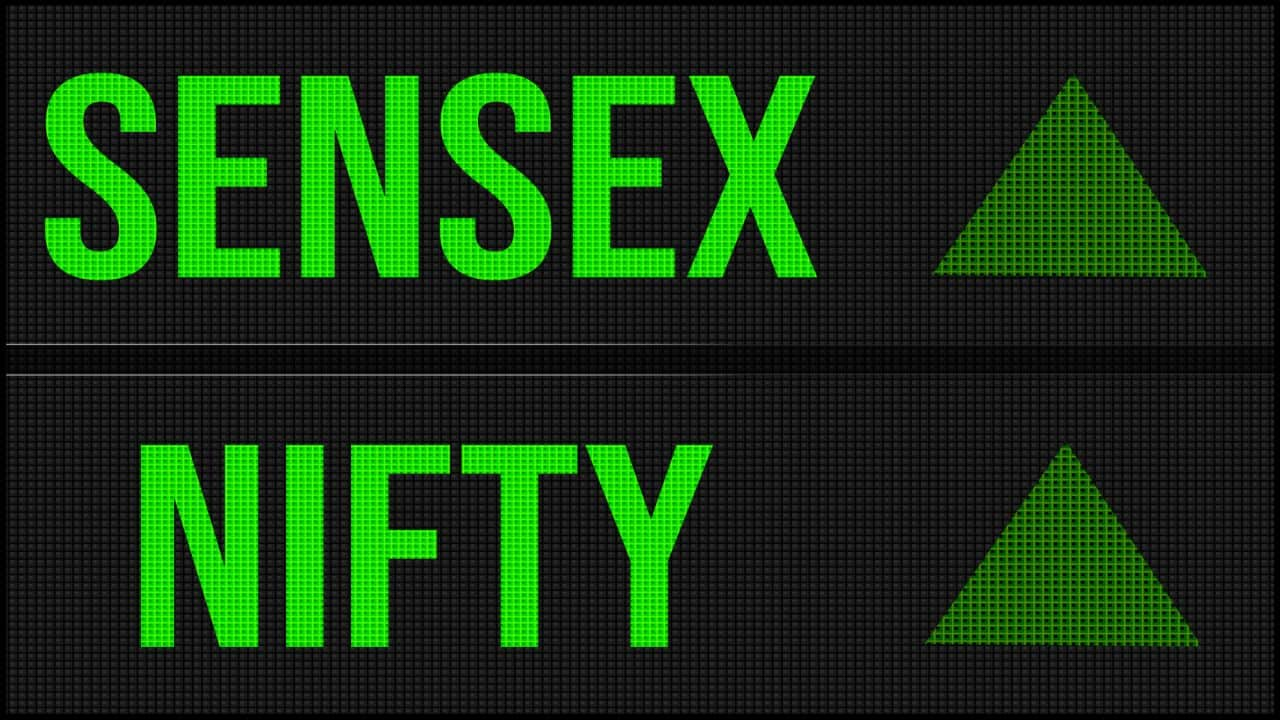 |
|
The Indian equity market demonstrated a significant rebound on January 28th, ending a two-day losing streak with a robust 0.5 percent gain. This positive shift was largely attributed to the strong performance of the auto, realty, and financial sectors, fueled by the Reserve Bank of India's (RBI) recent announcement of liquidity-boosting measures. Despite a mixed global market sentiment, Indian indices opened higher, with the Nifty index hovering around the 22,950 mark. Trading remained relatively contained during the first half of the day, but a surge in buying activity during the latter half propelled the Nifty index above 23,100 intraday. However, profit-booking in the final hour trimmed some of the day's gains. The closing figures saw the Sensex rise by 535.24 points (0.71 percent) to 75,901.41, while the Nifty gained 128.1 points (0.56 percent), settling at 22,957.25. This positive performance stands in contrast to the broader market, with the BSE Midcap index experiencing a 0.6 percent decline and the small-cap index falling by 1.7 percent. This divergence highlights the strength concentrated within specific sectors of the Indian market.
A closer look at the individual stock performance reveals that Axis Bank, HDFC Bank, Bajaj Finserv, Shriram Finance, and Bajaj Finance were among the major gainers on the Nifty index. Conversely, Sun Pharma, Britannia Industries, Eicher Motors, Grasim Industries, and L&T were among the notable losers. Sectoral performance was equally varied. The auto, banking, and realty indices all registered impressive gains of 1-2 percent, indicating a strong investor confidence in these sectors. In contrast, the capital goods, power, metal, oil & gas, FMCG, healthcare, and IT sectors experienced declines ranging from 0.5-1 percent, illustrating a sector-specific disparity in market performance. This disparity suggests that the market's positive performance is not uniform and specific economic factors or investor sentiment are impacting certain sectors differently. The overall market recovery, therefore, is not a reflection of an across-the-board improvement but rather a targeted surge in specific investment areas.
Aditya Gaggar, Director of Progressive Shares, offered insightful commentary on the day's market activity. He noted that while selling persisted in the broader market, the frontline indices showed upward momentum, driven largely by the banking and auto sectors. Mid and small-cap stocks managed to recover a significant portion of their early losses but ultimately failed to maintain these gains at higher levels. The Nifty 50 index ultimately closed at 22,957.25, gaining 128.10 points. Gaggar highlighted the strong performance of the realty sector, followed closely by PSU banks, while the pharma and energy sectors lagged behind. This further emphasizes the uneven nature of the market recovery. He also noted the continued underperformance of the broader market, with mid-cap and small-cap indices experiencing corrections of 0.51 percent and 1.81 percent, respectively. His technical analysis indicated a potential trend reversal, pointing towards a long-legged Doji candlestick pattern and a possible bullish divergence in the Relative Strength Index (RSI). A close above 23,100, he suggested, would confirm this reversal. He identified immediate resistance at 23,100 and support at 22,800, providing crucial levels to monitor for future market movements. This technical analysis offers valuable insights into potential future market trends.
The contrasting performances of different sectors and indices on January 28th highlight the complexity of the Indian stock market and the influence of various economic and market factors. The RBI’s liquidity measures clearly had a positive impact on certain sectors, particularly banking, but the broader market response was more nuanced. The divergence between the frontline indices and the mid-cap and small-cap indices suggests that investor confidence remains selective, with focus concentrated on larger, more established companies. The overall outlook remains cautiously optimistic, with the potential for a bullish trend reversal, according to Gaggar's analysis. However, investors need to be aware of the risks involved and exercise prudence in their investment decisions. Continued monitoring of key indicators like the RSI, as well as close attention to macroeconomic factors and sector-specific developments, will be critical for navigating the complexities of the market and making informed investment choices. The interplay between investor sentiment, sector-specific economic conditions, and global market trends all contribute to the dynamic nature of the Indian stock market, demanding a comprehensive approach to market analysis and investment strategy.
Source: Taking Stock: Nifty at 22,950, Sensex jumps 535 points; auto, realty, banks shine
